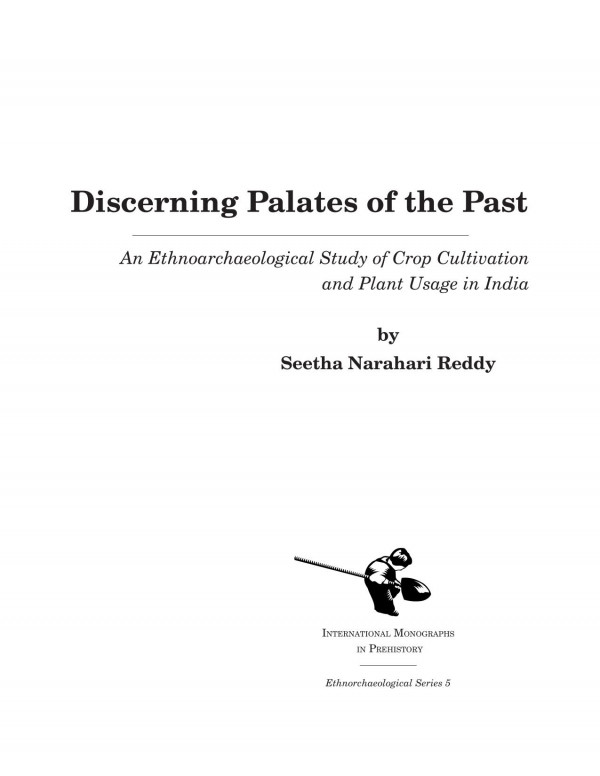

Most ebook files are in PDF format, so you can easily read them using various software such as Foxit Reader or directly on the Google Chrome browser.
Some ebook files are released by publishers in other formats such as .awz, .mobi, .epub, .fb2, etc. You may need to install specific software to read these formats on mobile/PC, such as Calibre.
Please read the tutorial at this link: https://ebookbell.com/faq
We offer FREE conversion to the popular formats you request; however, this may take some time. Therefore, right after payment, please email us, and we will try to provide the service as quickly as possible.
For some exceptional file formats or broken links (if any), please refrain from opening any disputes. Instead, email us first, and we will try to assist within a maximum of 6 hours.
EbookBell Team

4.7
96 reviewsThis book analyzes the agricultural and pastoral infrastructure of the Mature and Late Harappan cultures (ca. 2500-1700 BC) of northwest India. The economic role of drought-resistant millet crops is reconstructed using ethnographic studies of crop processing, palaeoethnobotany, and carbon isotope analysis. Reddy reveals that simply recovering crop seeds from archaeological contexts does not confirm local crop cultivation, and she suggests that agricultural production of millet crops for human food and for animal fodder may have been economically interwoven in the Harappan civilization. New directions are provided for discerning archaeologically how pastoralism and agriculture may be integrated in complex economic systems.